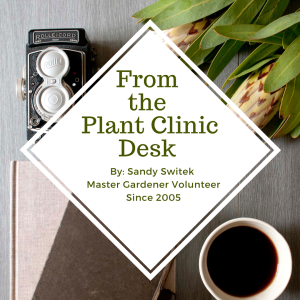
Has anyone ever wondered what the most beautiful flower on earth might be? While the answer to that question is certainly a matter of opinion, the camellia would surely be a top contestant.
The good news is that we can grow camellias here in Central Florida and, now is a good time to begin your search if you are interested. While the Sasanqua camellias have likely all ended their season, the showier Japonicas have just started. Not only is it the optimum time to plant a camellia, but most will be blooming in the nurseries now too.
The camellia was introduced from China in the 1800’s, and now grows well in both North and Central Florida. The 2 main types are Sasanqua and Japonica.
The beautiful blooms come in 6 basic forms. They are single, semi-double, anemone, peony, formal double, and rose form double.
The Sasanqua cultivars can bloom from October through December, depending on the cultivar. Later season varieties are recommended for here. The flowers occur in profusion. Both leaves and flowers are smaller than those of the Japonica. They are more tolerant of a sunny location than the Japonica, but do prefer afternoon shade.
All forms of Japonica blooms are gorgeous, as are the glossy leaves. The earliest blooming varieties are the best choice for our area. These would be opening by early January. The later bloomers can suffer from either bud drop or sunburn wherever the sun hits the flowers. This browning of blooms is more likely to happen when the sun is getting stronger. Yes, frost can damage open blooms as well, but the camellia is entirely cold hardy other than that.
Where is a good location to plant your camellia? As mentioned, Sasanquas can tolerate full sun, but afternoon shade is preferred. Deep shade will produce poor flowering. Japonicas are more sensitive to direct sun and prefer part shade, preferably afternoon shade, or high shade. Mine thrive at the edge of the woods.
Things to consider:
- The soil needs to be fertile, well drained, high in organic matter, and on the acidic side.
- Do not plant in areas prone to standing water.
- Mulch with oak leaves, pine straw, or pine bark.
- Azalea food is just right for established plants.
- Alkaline soil will produce yellowing, due to preventing the camellia from taking up micronutrients.
In the beginning, plants can be fed up to 4 times a year with something similar to 12-4-12. Later, 1-2 feedings may suffice.
If you find the camellia of your dreams, be sure to plant it between November and February for best results. This will give your plant time to establish itself before the summer heat hits it. If you choose to amend the soil, such as with organic matter, be sure to do the entire bed, not just the planting hole.
What is the most common problem with camellias? Tea scale is the definite answer to that. Areas of better air circulation will help to minimize that, but keep an eye out by inspecting the under side of the leaves, and treat if necessary. Fungal spots can also occur, but are less serious. Plants nearer a house, a fence, or a cluster of other plants are more likely to get these problems. I have yet to spray my specimen at the forest edge.
For more information about camelias you can visit the UF/IFAS website https://edis.ifas.ufl.edu/publication/EP002
By: Sandy Switek since 2005 and Eva Maria Pabon Residential Horticulture Agent
 0
0
